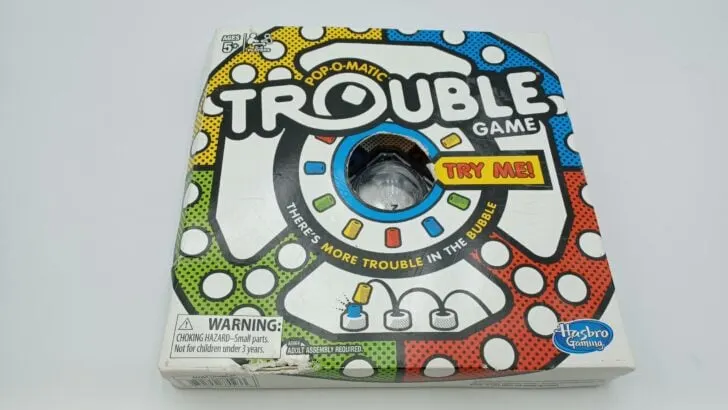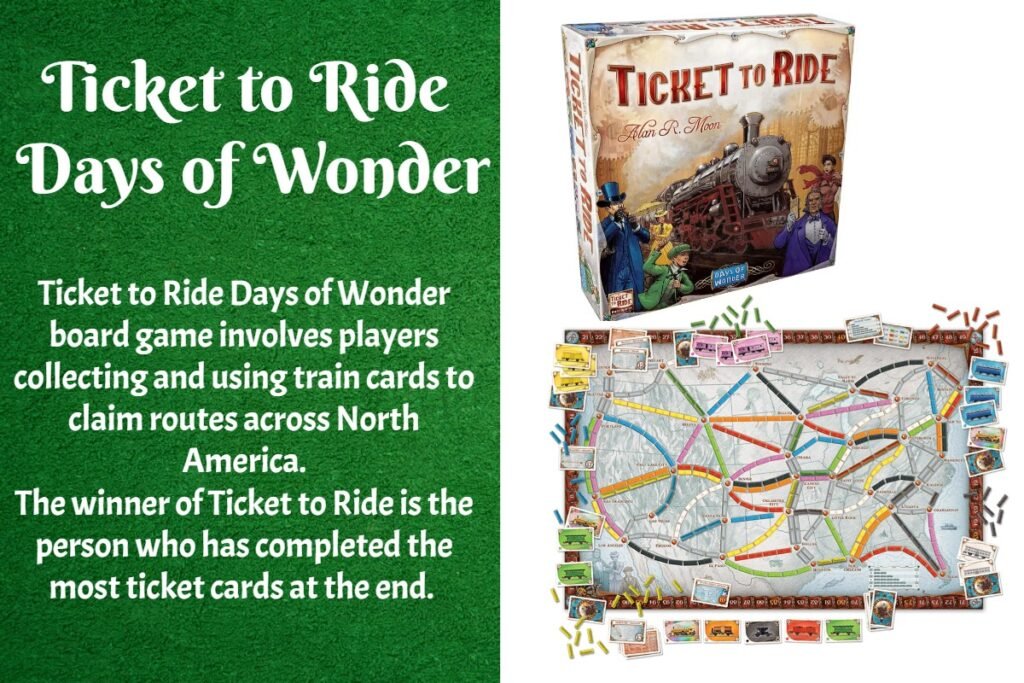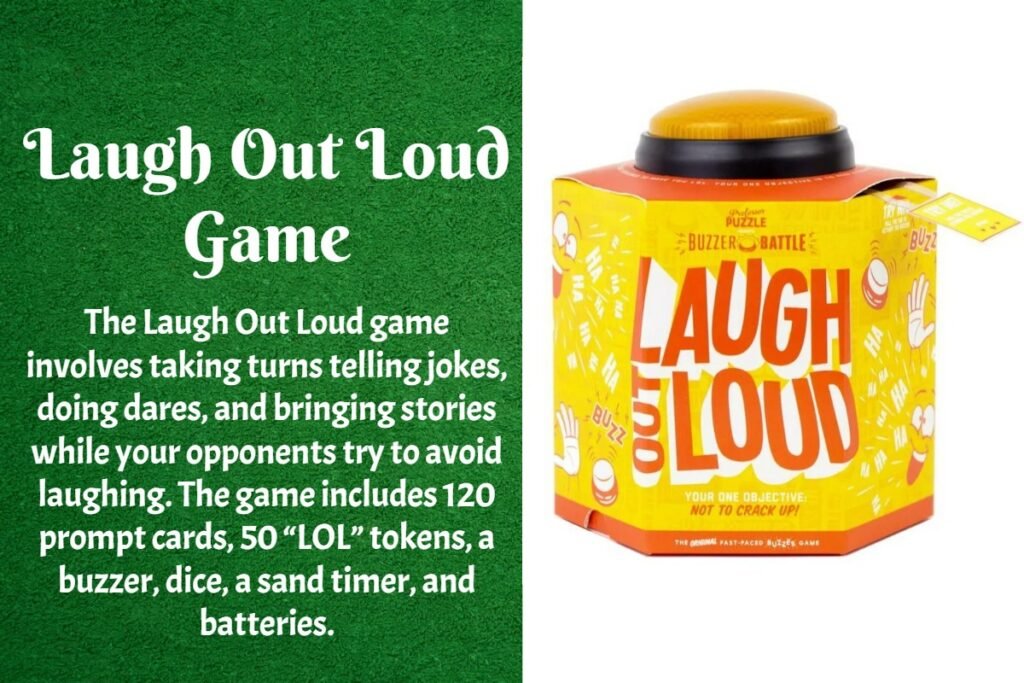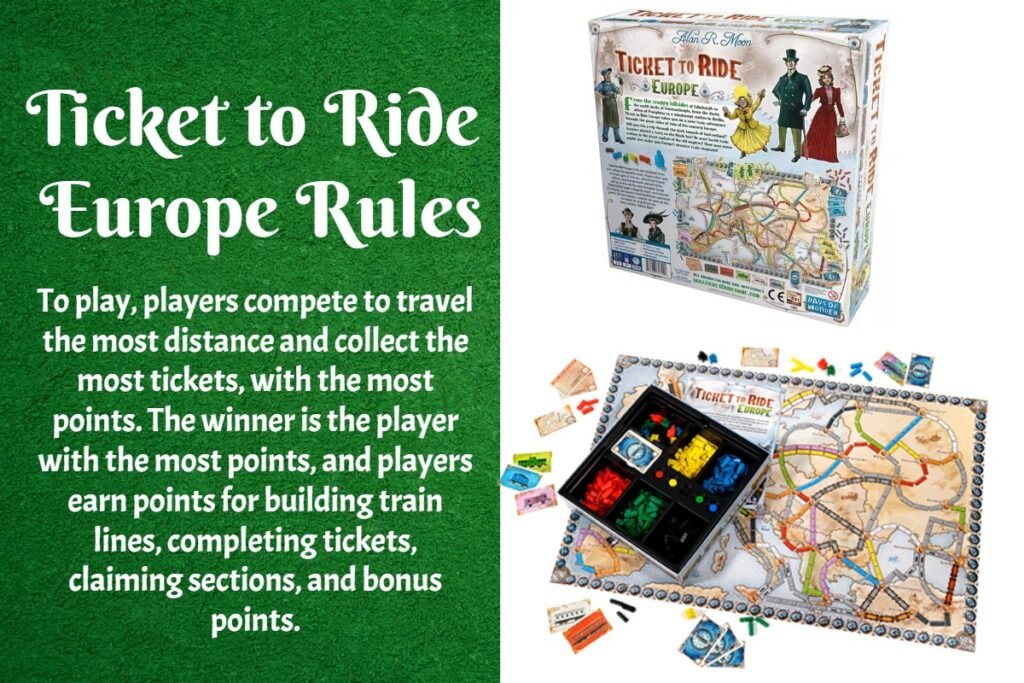Trouble is a board game where players compete to be the first to send four pieces all the way around a board. We move pieces according to the roll of a die using a device called a “Pop-O-Matic”. The game is fun and easy to play, and it makes a popping sound when you roll the die.
In the board game Trouble, players try to be the first to move all four of their pegs from their home area to their finish zone by rolling the Pop-O-Matic die. Players must roll a six to get a peg out of home and onto the playing track, which earns them another roll. Pegs move clockwise around the board, and landing on an opponent’s peg sends it back to their home space. The first player to move all their pieces into their finish line wins.
The game trouble was developed by the Kohner Brothers and launched in America in 1965. It is based on an older game called Ludo, which originated in India. The game can be played by 2 to 4 players, ages 5 and up. There are different versions of the game, such as Double Trouble and Trouble with a Twist, that have different rules and features. I
Rules For Trouble Board Game
Components
The game board is a square with 16 spaces on each side. There are four colors: red, yellow, green, and blue. Each color has a Home section where the pegs start, a Start space where the pegs enter the board, and a Finish line where the pegs end the game.

- The game unit is a plastic dome that contains a die and a button. When you press the button, the die pops and rolls inside the dome. This is called the Pop-O-Matic.
- The game pegs are small plastic pieces that fit into the holes on the board. There are four pegs of each color: red, yellow, green, and blue. Each player uses one color of pegs.
- The game also comes with four rubber feet that attach to the corners of the game unit. This helps to keep the game stable on the table.
Setup
To set up the game, you need to assemble the game board and the game unit, place the pegs in the Home sections, and decide who goes first.
- Turn the plastic game unit upside down and place it on a flat surface.
- Flip the game board over so that it’s face-down and place it directly on top of the game unit.
- Align the holes in the 4 corners exactly, then insert the rubber gameboard feet into each hole.
- Turn the game board and the game unit over so that they are face-up. You should see the Pop-O-Matic die roller in the center of the board.
- Choose a color and region to place your pegs. Now put all 4 of your colored pieces in your “Home” spot.
- Roll the die to decide which participant is going first. The participant with the highest roll is going first, and the play proceeds clockwise (to the left).
Trouble Game Rules

Here they are the rules to play the Trouble game:
- The goal of the game is to be the first player to move all four of your pegs from Home to Finish.
- To start the game, each player chooses a color and places their four pegs in the matching Home section. The player who rolls the highest number on the die goes first, and the play proceeds clockwise.
- To move a peg from Home to Start, you need to roll a 6. If you don’t roll a 6, and you have no pegs in play, your turn is over. If you have one or more pegs in play, you can move any of them according to the number you rolled.
- You move your pegs clockwise around the board, following the arrows. You can only enter the Finish line of your own color. If you roll a number that is more than the spaces you need to reach the Finish, you can’t move that peg.
- If you land on a space that has another player’s peg, you send that peg back to their Home. This is called capturing. You can’t capture your own pegs or the pegs that are in the Finish line.
- If you roll a 6, you get another turn. You can either move the same peg or a different one. You can also move a peg from Home to Start if you have any. You can keep rolling as long as you roll 6s, but be careful not to roll too many, or you might get into trouble.
- The first player to get all four of their pegs into the Finish line wins the game.
How to Play Trouble Game
- First, you need to set up the game board and the game unit.
- Next, you need to choose a color and place your four pegs in the matching Home section. You also need to roll the die to decide who goes first. The player with the highest number starts the game, and the play proceeds clockwise.
- To move a peg from Home to Start, you need to roll a 6. If you don’t roll a 6, and you have no pegs in play, your turn is over. If you have one or more pegs in play, you can move any of them according to the number you rolled.
- You move your pegs clockwise around the board, following the arrows. You can only enter the Finish line of your color. If you roll a number that is more than the spaces you need to reach the Finish, you can’t move that peg.
- If you land on a space that has another player’s peg, you send that peg back to their Home. This is called capturing. You can’t capture your pegs or the pegs that are in the Finish line.
- If you roll a 6, you get another turn. You can either move the same peg or a different one. You can also move a peg from Home to Start if you have any. You can keep rolling as long as you roll 6s, but be careful not to roll too many, or you might get into trouble.
- The first player to get all four of their pegs into the Finish line wins the game.
Trouble game rules double x
This refers to the Double Trouble spaces on the board, which are marked with two Xs. If you land on one of these spaces, you get to roll the die again and move your peg. However, if you roll a 6 that causes you to land on a Double Trouble space, you only get one extra turn, not two.

Trouble with warp rules
This refers to the Warp spaces on the board, which are marked with a star. If you land on one of these spaces, you can move your peg to the other Warp space of the same color, as long as it is not occupied by another peg. This can help you move faster around the board, or avoid being captured by your opponents.
Trouble pop o matic rules
This refers to the Pop-O-Matic device that holds and rolls the die. To roll the die, you need to press the button once and then let go. The die will pop and roll inside the dome. You must accept the number that shows on the die, even if it is not clear or favorable. You cannot re-pop the die while it is in limbo. The Pop-O-Matic device makes the game more fun and prevents the die from getting lost.
To play Trouble, the goal is to get your four pegs from your colored Home spaces around the board to your Finish zone before anyone else. Players press the Pop-O-Matic to roll the die and move pegs clockwise. You must roll a 6 to move a peg from your Home to its Start space and get an extra turn. Landing on an opponent’s peg sends it back to their Home. The first player to get all four pegs into their Finish zone wins.
Setup
- Place the board on a flat surface.
- Each player selects four pegs of the same color and places them in their matching colored Home spaces.
- The youngest player goes first, and play proceeds clockwise.
Gameplay
- Roll the Die: On your turn, press the Pop-O-Matic die roller to roll.
- Move Your Pegs:
- Roll a 6: You may move a new peg from your Home space to your Start space, then you get to roll again for an extra turn.
- Roll a 1: Every other player (not you) moves one of their pegs from their Home to their Start space.
- Roll a 2-5: Move one of your pegs that’s on the track forward the exact number of spaces rolled, following the outer track.
- Sending Opponent’s Pegs Home: If your peg lands on a space occupied by an opponent’s peg, that opponent’s peg is sent back to their Home. You cannot land on a space occupied by one of your own pegs.
Winning the Game
- Get to the Finish Zone: Once your pegs are on the track, you can move them into your Finish zone.
- All Pegs to Finish: The first player to move all four of their pegs into their Finish zone wins the game.
- How to play Trouble – YouTube17-Dec-2018 — trouble how to play the object of the game is to be the first player to move all four of your colored pegs around the b…
YouTube · Triple S Games
42s
- How to play Trouble (2016 rules – warp space)29-Feb-2024 — trouble how to play the object of the game is to get all four of your pegs to your finish zone. first lay out the board…
YouTube · Triple S Games
1:57
- How To Play Trouble – YouTube29-Aug-2023 — the game is played with two to four players to play you will need the Trouble board. game. each player selects four gam…
YouTube · Gather Together Games
50s
- Show all
Dive deeper in AI Mode
AI responses may include mistakes. Learn more
Trouble with trouble : r/boardgames
Reddit · r/boardgames100+ comments · 11 months ago
The rules say when you get to the goal, you need to roll an exact number of spaces to enter the goal, so rolling a 1 would make you win even if that was a rule.
People also ask
What are the rules for the Trouble game?
What are the rules for a board game?
What are the rules of the game?
How to play Trouble with cards?
Feedback
Other Games Explained
- Sorry Board Game
- Asshole Card game
- Frustration Board Game
- Hand And Foot Game
- Nertz Card Game
- Mao Card Game
- Spit Card Game
- Skip Bo Card Game
- Phase 10 Card Game
- Five Crowns Card Game
- UNO Card Game
- UNO No Mercy
- UNO Dare Adults
- Slapjack Card Game
- Speed Card Game
- Crazy Eights Card Game
FAQs
How many players can play the Trouble game?
The Trouble game can be played by 2 to 4 players, ages 5 and up. Each player chooses a color and uses four pegs of that color.
How do you win the Trouble game?
The goal of the game is to be the first player to move all four of your pegs from Home to Finish. You need to roll a 6 to move a peg from Home to Start, and then move your pegs clockwise around the board according to the number you roll. You can capture your opponents’ pegs and send them back to Home if you land on the same space as them. You can also land on special spaces, such as Double Trouble or Warp, that give you extra powers. The first player to get all four of their pegs into the Finish line wins the game.
What is the Pop-O-Matic device and how does it work?
The Pop-O-Matic device is a plastic bubble that holds and rolls the die. To roll the die, you need to press the button on the center of the board, which makes a popping sound and causes the die to bounce inside the bubble. The number that shows on the die determines how many spaces you can move one of your pegs. You must accept the number that shows on the die, even if it is not clear or favorable. You cannot re-pop the die while it is in limbo. The Pop-O-Matic device makes the game more fun and prevents the die from getting lost.
What are the differences between the Trouble game and the Ludo game?
The Trouble game is based on an older game called Ludo, which originated in India. Ludo is similar to Trouble, but it has some differences. For example, Ludo uses a regular die instead of a Pop-O-Matic device, and it has different rules for moving and capturing pegs. Ludo also has different names and variations in different countries, such as Parcheesi, Pachisi, or Mensch ärgere dich nicht.
Discover more from Learning Board Games
Subscribe to get the latest posts sent to your email.




